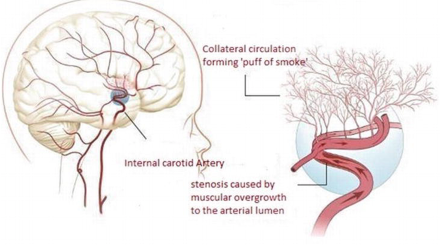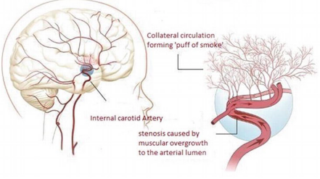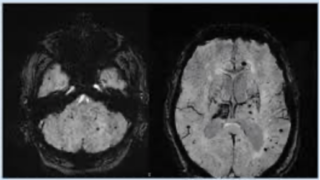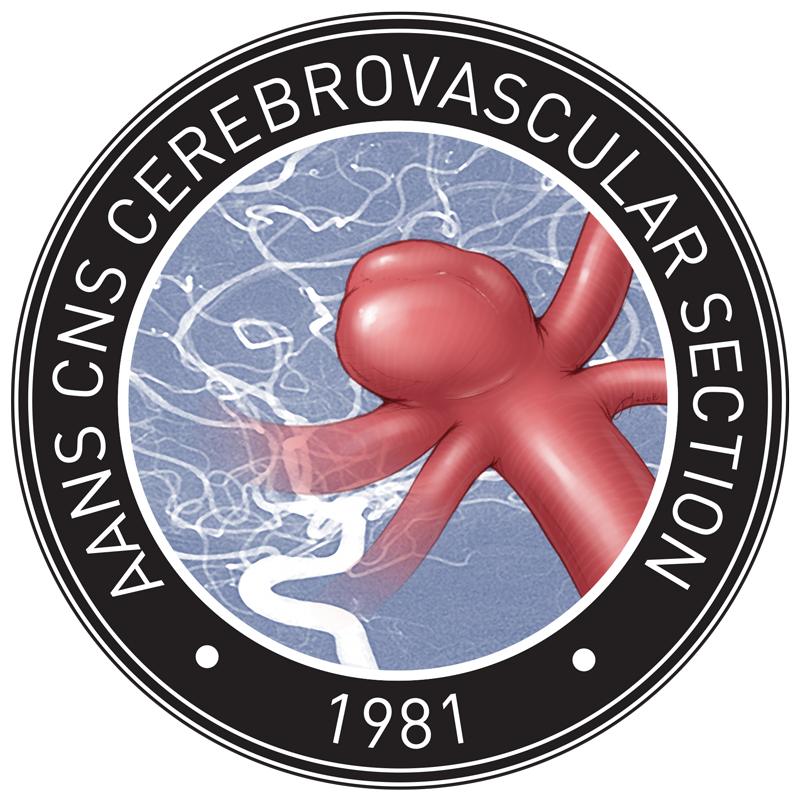Silent microhemorrhages after cerebral revascularization surgery could predict larger hemorrhages in patients with Moyamoya Disease

Hemorrhagic onset moyamoya disease (HOMMD) is associated with poor outcomes and high mortality after repeat hemorrhages. Even with optimum management, including surgical revascularization, the repeat hemorrhage rate is 20%. Novel evidence suggests that patients with MMD who display incidental cerebral microhemorrhages (CMHs) on MRI have a higher risk of developing larger and symptomatic hemorrhages in the future.
Prior to this study, there have been no clinical or radiographic variables to predict symptomatic repeat hemorrhage after cerebral revascularization surgery in moyamoya disease. The authors conducted a retrospective review of 126 patients with HOMMD and found that new CMH formation after surgical revascularization surgery may provide a radiographic predictive measure for refractory disease. If these silent CMHs are seen after cerebral revascularization then patients may be at risk for future symptomatic hemorrhages.
See the full article here


